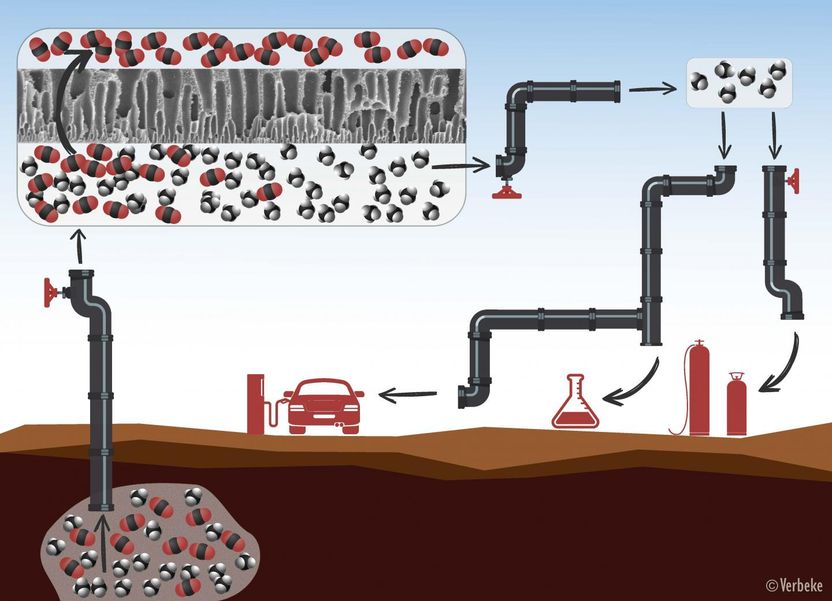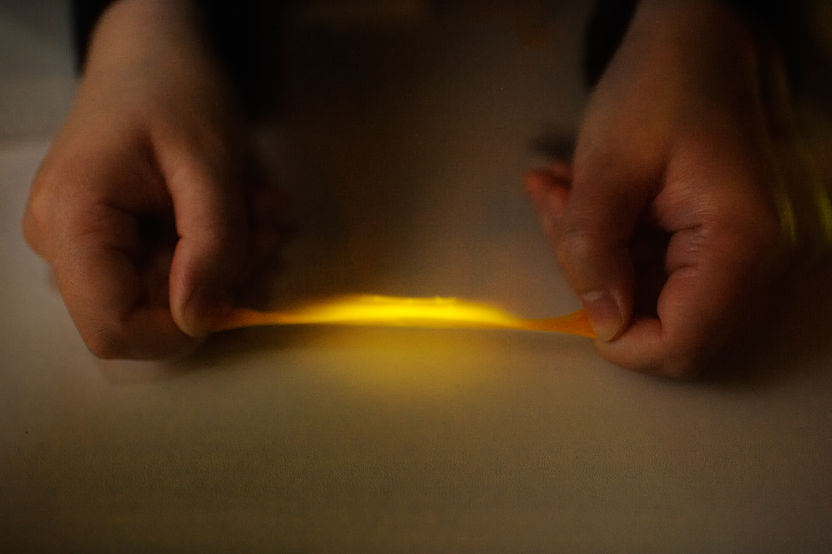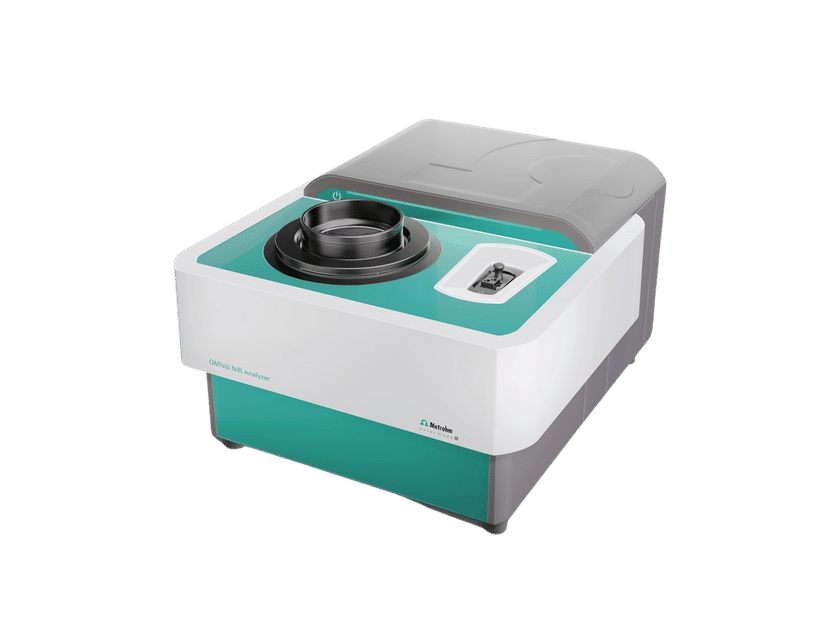New guideline for synthesis of fullerene electron acceptors
Organic/polymer solar cells represent the most important direction for green energy in the future. Fullerene electron acceptors have been widely used in organic/polymer solar cells as well as perovskite solar cells. A recent study reveals that the photovoltaic performance can be influenced by fullerene stereomer, implies that the stereomeric effect should be envisaged if new fullerene derivative was designed as electron acceptor.
The scientists synthesized and separated two stereomers of bisadduct analogues of [6,6]-phenyl-C71-butyric acid methyl ester (bisPC71BM). Although both isomers have the same spectrometric and electronic properties, photovoltaic discrepancy was shown. Supported by both crystallographic and theoretical analyses, the stereomer-dependent photovoltaic performance was revealed to result from discrepancy of molecular packing.
Up to now, fullerene derivatives [6,6]-phenyl-C61-butyric acid methyl ester (PC61BM) and its C70 analogue PC71BM still dominate the fullerene acceptors, which were developed 20 years ago. Due to their excellent properties such as high electron mobility, strong light absorption, good solubility, high electron affinity and good compatibility with donor materials, PC61BM and PC71BM are the best electron acceptors synthesized so far. In the past 20 years, great efforts have been made to develop new electron acceptors superior to PC61BM/PC71BM. However, it is more difficult to do something than we can imagine. First of all, we should choose suitable fullerene core. Then, the following factors should be taken into consideration in turn: the type of functional groups attached to fullerene core, the number of addends and their addition position, etc. Although researchers never cease to synthesize novel fullerene acceptors according to these guidelines and hundreds of fullerene acceptors have been synthesized in the past 20 years, the photovoltaic performance of these fullerene acceptors is still not good enough.
In principle, when designing novel fullerene acceptors, if we can consider these factors such as fullerene core, the type of functional groups attached to fullerene core, the number of addends and their addition position in turn, we can obtain fullerene acceptors with specific photovoltaic performance. Therefore, after 20 years of hard work, researchers could have developed fullerene acceptors superior to PCBM. However, this is not the case in reality. So, are there any other factors that we should take into consideration when designing novel fullerene acceptors?
It should be noted that the synthesized fullerene derivatives have stereomers even though considering these guidelines such as fullerene core, the type of functional groups attached to fullerene core, the number of addends and their addition position. Do these fullerene stereomers have different photovoltaic performance? With this question, two stereomers of bisadduct analogues of PC71BM (bisPC71BM) with cis or trans configuration were designed and used as electron acceptors in polymer solar cells. It is demonstrated that the two stereomers have very similar LUMO energy levels and light absorption as well as other properties. However, polymer solar cells based on the two stereomers exhibited different photovoltaic performance (compared with cis-bisPC71BM, the trans-bisPC71BM has an efficiency about 7% for improving power conversion efficiency of polymer solar cells). Further investigation shows that the difference in crystal packing pattern of bisPC71BM isomers is the main cause of their divergent photovoltaic performance. A theoretical investigation also reveals that the molecular packing of isomers affect the electron mobility and exciton dissociation efficiency. Thus, both experimental and theoretical investigations demonstrate that the stereometric effects of fullerene acceptors have an important impact on solar cell performance. Therefore, a new guideline for designing efficient electron acceptor was proposed, which has long been neglected.
The main difficulty of this experiment is the synthesis and separation of bisPC71BM stereomers. The two stereomers were separated by multistage high-performance liquid chromatography (HPLC) technique from 28 isomers. The molecular structures of them were unambiguously determined by X-ray single-crystal analysis to determine their crystal structure and molecular packing. Bulk-heterojunction solar cells using poly (3-hexylthiophene) (P3HT) as donor and bisPC71BM stereomer as acceptor were fabricated and their photovoltaic performance were evaluated to investigate the stereomeric effects of bisPC71BM on polymer solar cell performance. Theoretical investigation was performed by combination methods of electronic structure calculations and Marcus theory, with emphasis on employing independent structural parameters to predict measurable variables in experiment. By comparing theoretical calculation results with experimental data, theoretical investigation reveals the mechanism behind the different photophysical processes caused by stereomers and proposes possible ways to further enhance the photovoltaic performance. Therefore, a new guideline on stereomeric effects of fullerene derivative for designing efficient electron acceptor should be taken into consideration, which makes it possible for us to fully consider the factors that affect photovoltaic performance. It also provides new ideas for developing excellent electron acceptors with high electron mobility, strong light absorption, good solubility, high electron affinity and good compatibility with donor materials.
Original publication
Deng, Lin-Long and Li, Xiang and Wang, Shuai and Wu, Wen-Peng and Dai, Si-Min and Tian, Cheng-Bo and Zhao, Yi and Xie, Su-Yuan and Huang, Rong-Bin and Zheng, Lan-Sun; "Stereomeric effects of bisPC71BM on polymer solar cell performance; Science Bulletin; 2016
Wen-Peng Wu, Lin-Long Deng, Xiang Li, Yi Zhao; "Theoretical insight into the stereometric effect of bisPC71BM on polymer cell performance"; Science Bulletin;
Other news from the department science
Most read news
More news from our other portals
See the theme worlds for related content
Topic world HPLC
HPLC is a key technology in modern analytical chemistry. It enables the separation, identification and quantification of components in complex mixtures with high precision and efficiency. Whether in the analysis of active pharmaceutical ingredients, the quality control of foodstuffs or the examination of biological samples - HPLC is often the method of choice for demanding separation tasks.

Topic world HPLC
HPLC is a key technology in modern analytical chemistry. It enables the separation, identification and quantification of components in complex mixtures with high precision and efficiency. Whether in the analysis of active pharmaceutical ingredients, the quality control of foodstuffs or the examination of biological samples - HPLC is often the method of choice for demanding separation tasks.































































